
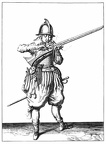 Soldier blowing on his match to make the coal glow well before firing
Soldier blowing on his match to make the coal glow well before firing Edgar Allan Poe
Edgar Allan Poe Jane Austen
Jane Austen Giovanni Boccaccio
Giovanni Boccaccio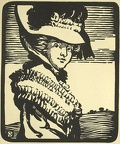 Fanny Burney
Fanny Burney Daniel Defoe
Daniel Defoe Sir Philip Sidney
Sir Philip Sidney François René De Chateaubriand
François René De Chateaubriand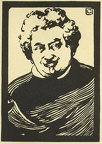 Alexandre Dumas
Alexandre Dumas Théophile Gautier
Théophile Gautier Sir Walter Scott
Sir Walter Scott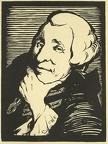 Tobias Smollet
Tobias Smollet John Bunyan
John Bunyan Nathaniel Hawthorne
Nathaniel Hawthorne Guy De Maupassant
Guy De Maupassant Henry Fielding
Henry Fielding Victor Hugo
Victor Hugo Alain René Le Sage
Alain René Le Sage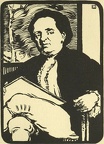 Samuel Richardson
Samuel Richardson Jean-Jacques Rousseau
Jean-Jacques Rousseau Honoré De Balzac
Honoré De Balzac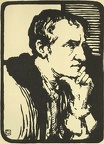 William Godwin
William Godwin Prosper Mérimée
Prosper Mérimée Miguel De Cervantes Saavedra
Miguel De Cervantes Saavedra Richard Steele and Joseph Addison
Richard Steele and Joseph Addison Geoffrey Chaucer
Geoffrey Chaucer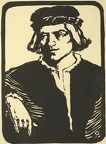 Jean de Meung
Jean de Meung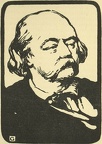 Gustave Flaubert
Gustave Flaubert Divider
Divider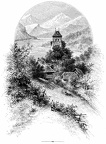 A home among the mountains—Lucerne
A home among the mountains—Lucerne Insect Frame 4
Insect Frame 4 Butterfly and flower frame
Butterfly and flower frame Butterfly frame
Butterfly frame Insect Frame 2
Insect Frame 2 Insect Frame 3
Insect Frame 3 Insect frame
Insect frame On the Watch
On the Watch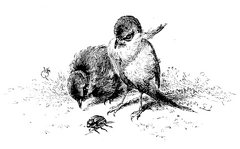 Two birds watching a bug
Two birds watching a bug The Pursuit
The Pursuit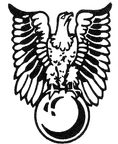 Divider
Divider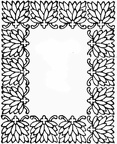 Frame
Frame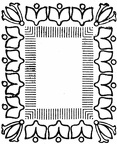 Frame
Frame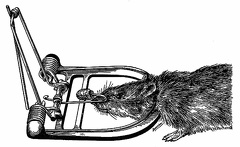 Method of baiting guillotine trap
Method of baiting guillotine trap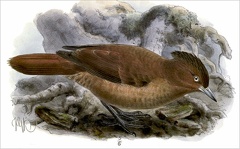 Brown Cachalote
Brown Cachalote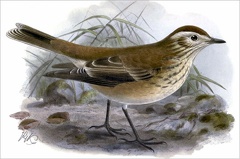 Chat-like Tyrant
Chat-like Tyrant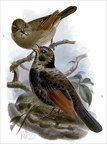 Cow-bird
Cow-bird Bridges’s Wood-Hewer
Bridges’s Wood-Hewer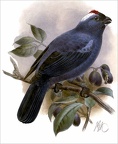 White-Capped Tanager
White-Capped Tanager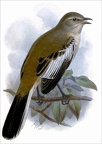 White-banded Mocking-Bird
White-banded Mocking-Bird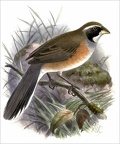 Many-coloured Ground Finch
Many-coloured Ground Finch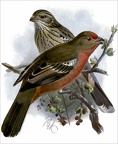 Red-breasted Plant-cutter
Red-breasted Plant-cutter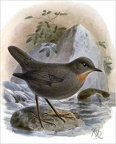 Schulz's Dipper
Schulz's Dipper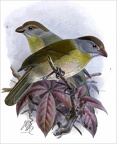 Shrikes
Shrikes The Houppelande
The Houppelande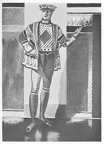 The Knave of Diamonds
The Knave of Diamonds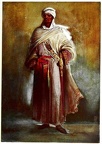 Othello
Othello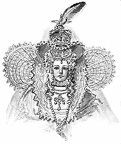 Queen Elizabeth in Full Dress
Queen Elizabeth in Full Dress The Austrian Peasant-Bride in Black
The Austrian Peasant-Bride in Black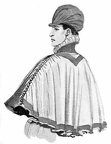 The Cape with Buttoned Sleeve
The Cape with Buttoned Sleeve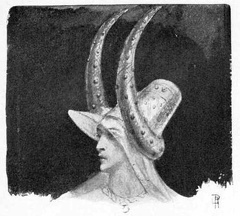 The Horned Head-dress
The Horned Head-dress



